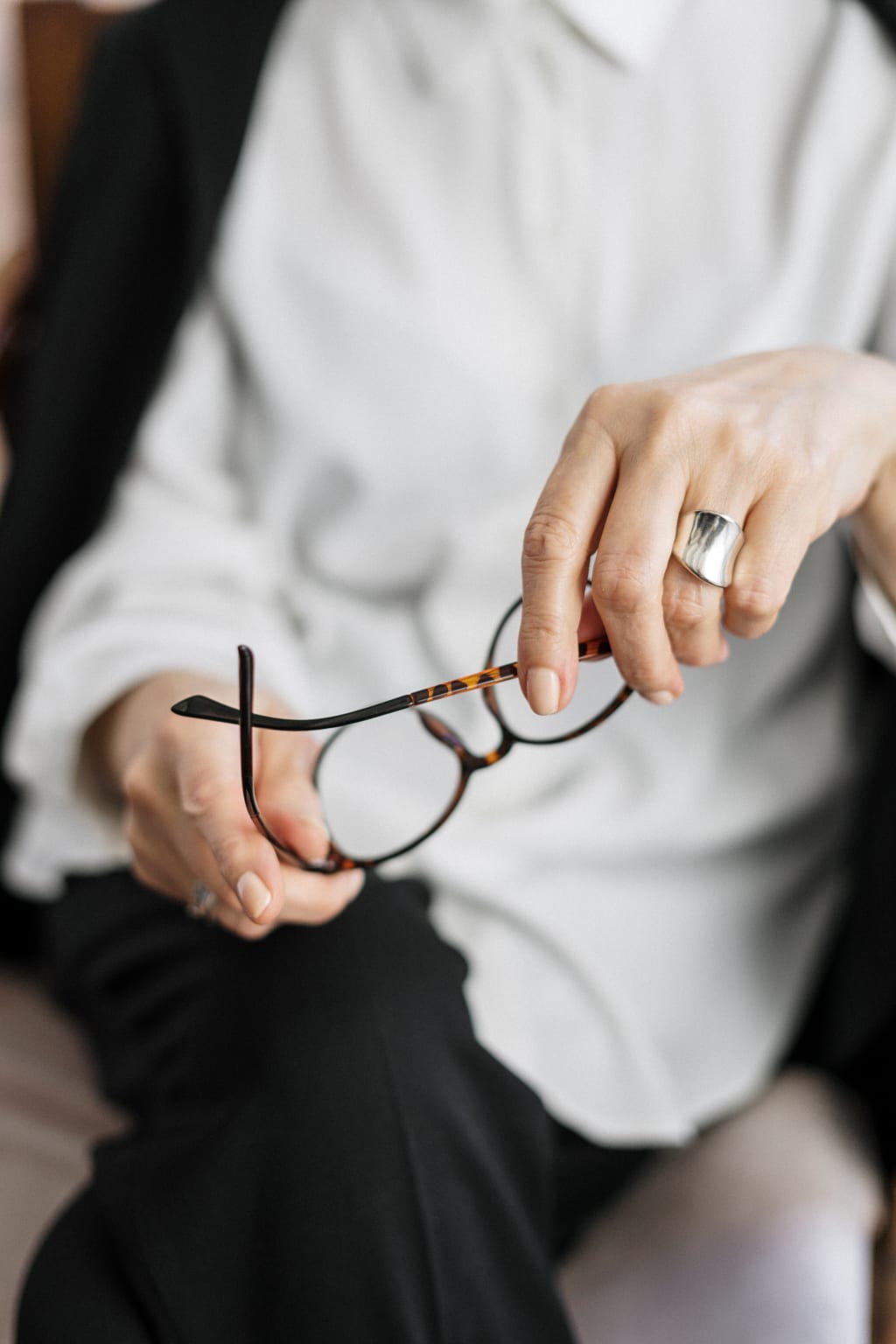Content warning
This story may contain sensitive material or discuss topics that some readers may find distressing. Reader discretion is advised. The views and opinions expressed in this story are those of the author and do not necessarily reflect the official policy or position of Vocal.
The Power of Art to Raise Awareness and Promote Social Change
The Power of Art to Raise Awareness and Promote Social Change

The Power of Art to Raise Awareness and Promote Social Change
Art has long been recognized as a powerful tool for self-expression, but its influence goes beyond individual creativity and aesthetics. Art has the ability to transcend boundaries, evoke emotions, and provoke thought. It has the power to raise awareness about social issues and ignite meaningful conversations that can lead to positive change in society. In this article, we will explore the significant role that art plays in promoting social change, using examples from various art forms and movements.
Art has a unique ability to communicate complex ideas and emotions that might otherwise be difficult to express. Artists often use their work as a medium to shed light on social injustices, inequality, and other pressing issues. Through paintings, sculptures, photography, and installations, artists can capture the attention of viewers and create an emotional connection that fosters empathy and understanding.
One notable example of art as a catalyst for social change is the anti-apartheid movement in South Africa. During this time, artists played a crucial role in raising awareness about the racial segregation and oppression faced by the majority of the population. Artists like Nelson Makamo, William Kentridge, and Sue Williamson used their art to challenge the status quo and promote unity and equality. Their work not only highlighted the struggles of the marginalized but also galvanized public support for the movement, both within South Africa and internationally.
Similarly, music has been an influential medium for promoting social change throughout history. Musicians often use their lyrics and melodies to convey powerful messages about social and political issues. Bob Dylan, for instance, became a prominent voice during the civil rights movement in the United States with his songs advocating for equality and justice. His iconic track "Blowin' in the Wind" became an anthem for the movement, inspiring countless individuals to join the fight for civil rights.
In recent years, street art and graffiti have gained recognition for their ability to engage communities and stimulate discussions on social issues. Artists like Banksy have used their anonymity to create thought-provoking artworks that challenge authority, inequality, and other societal norms. By transforming public spaces with their art, these artists reclaim the urban environment and give a voice to the marginalized. Their works often serve as a visual reminder of the issues that need attention and action.
Art also has the power to humanize individuals and communities that are often stigmatized or misunderstood. Through storytelling, theater, and film, artists can shed light on the experiences of marginalized groups and promote empathy and compassion. For example, the Broadway musical "Hamilton" tells the story of American founding father Alexander Hamilton, using diverse casting to challenge traditional narratives of history. By doing so, it not only entertained audiences but also sparked conversations about representation and inclusion.
Another powerful example of art's ability to promote social change is found in documentary photography. Photographers like Sebastião Salgado and James Nachtwey have dedicated their careers to documenting humanitarian crises, social inequality, and environmental destruction. Through their images, they bring these issues to the forefront of public consciousness, urging viewers to take action and effect change.
In addition to raising awareness, art can also inspire collective action and mobilize communities. Public art installations, such as the AIDS Memorial Quilt, have not only served as powerful memorials but also brought people together to address a common cause. The quilt, which consists of individual panels commemorating those lost to AIDS, has traveled across the globe, raising awareness about the impact of the disease and fostering a sense of solidarity among communities affected by it.
Furthermore, art can be a tool for healing and empowerment. Art therapy programs, for example, have been shown to be effective in helping individuals overcome trauma, express their emotions, and develop resilience. These programs often reach vulnerable populations, such as survivors of domestic violence or refugees, providing them with a safe and creative outlet for
About the Creator
Enjoyed the story? Support the Creator.
Subscribe for free to receive all their stories in your feed. You could also pledge your support or give them a one-off tip, letting them know you appreciate their work.





Comments
There are no comments for this story
Be the first to respond and start the conversation.